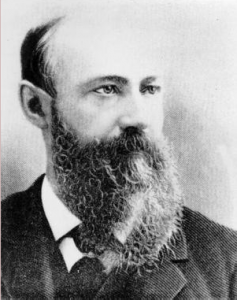The thermoplastic injection molding industry has evolved over the years: initially focused on the production of combs and buttons, it has evolved to the production of a wide range of products for many industries including automotive, medical, aerospace, consumer products, toys, plumbing, packaging, and construction.
Thermoplastic injection, or injection molding, use the thermoplastic properties of certain materials to inject a softened plastic into a mold to create an impression from it. This technique provides the best quality for your productions of large and very large series.
History of thermoplastic injection
The American inventor John Wesley Hyatt patented the first injection molding machine in 1872. This machine was relatively simple compared to the machines in use today: it worked like a large hypodermic needle, using a plunger to inject plastic into a mold through a heated cylinder. At the time, they produced principally necklaces, buttons, and combs.
In 1919, Arthur Eichengrün developed the first injection molding press, which can be considered the first modern injection molding machine. A few years later, in 1926, Eckert and Ziegler patented the first injection molding machine with commercial characteristics. The 1930s saw the emergence of the first injection molding machines in France. This marked the start of plastic household items and toys on the consumer market.
The industry developed rapidly in the 1940s, following huge demand for inexpensive, mass-produced products. In 1946, the American inventor James Watson Hendry built the first machine with injection screws, allowing much more precise control of the injection speed and the quality of the products produced. This machine made it possible to add colored or recycled plastic to the virgin material prior to injection. Today, machines with injection screws represent the vast majority of all injection machines.
Definition of thermoplastic injection
The principle of plastic injection is the use of heat to soften a thermoplastic (TP) material in the form of pellets. The softened material is kneaded and injected into an endless screw. The rotation of the screw and the pressure added inserts the material into a mold. The material then takes on the impression of the mold. After cooling, the object takes on solid form and can be removed from the mold. The mold can then be reused for another injection.
The advantage of this method is that it allows the duplication of many identical objects of high quality, thanks to the re-use of the mold, and in the right material. This is why this method is particularly suited to large or very large series production. A final advantage is that the parts thus designed require little or no subsequent machining.
However, this method has a cost because it requires the design of a steel mold, which allows the duplication of many series parts. This is why it is not recommended for designs for small series. For this, silicone molding is preferred, for example. (See our section on silicone molding.)


 We don´t share your data.
We don´t share your data.

